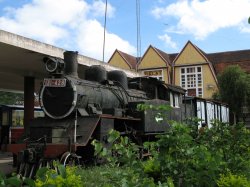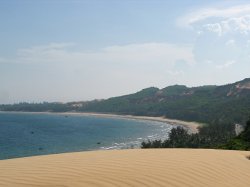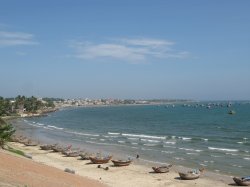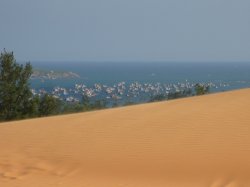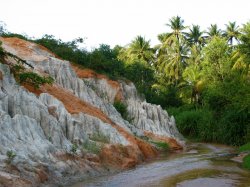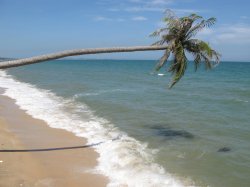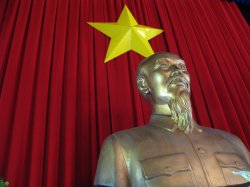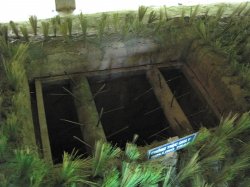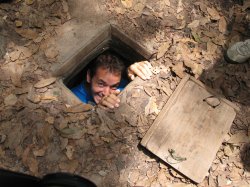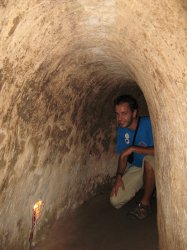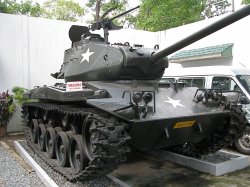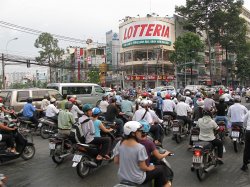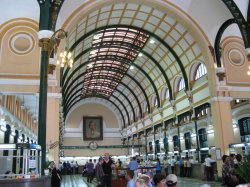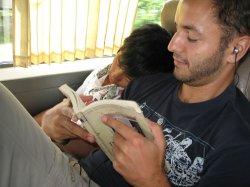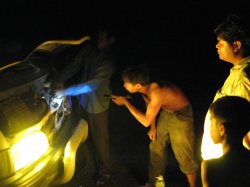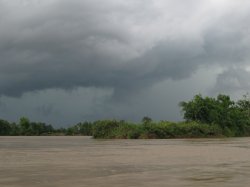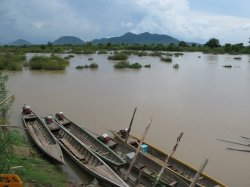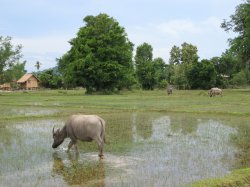



So back to Blue, where not only could she not match the price, but she realized she'd made a mistake in her math and couldn't give me the price she'd quoted. Perhaps a wiser man would've left at this point and gone to the tailor with a much better price who was either honest enough to pick me out a suit the same as her husband's or devious enough to let me fill in the blanks on my own. But Blue had the design, it had better material for the black and brown suits, it had people who I could communicate with a bit better, and she had the design for the black suit I wanted. I don't want to get an average suit, I want a nice, quality, tailored one. So I stayed with Blue and while it took a few days and fittings (the Aussies I'd met, who admittedly didn't look that savvy, said the other woman always got it right the first time), in the end everything turned out exactly as I'd hoped it would and I'm very excited to wear these clothes at home in a not-so-sweaty environment. And more importantly, I'm pretty sure the extra I paid was worth the extra attention to detail, the quality, and the experience.








